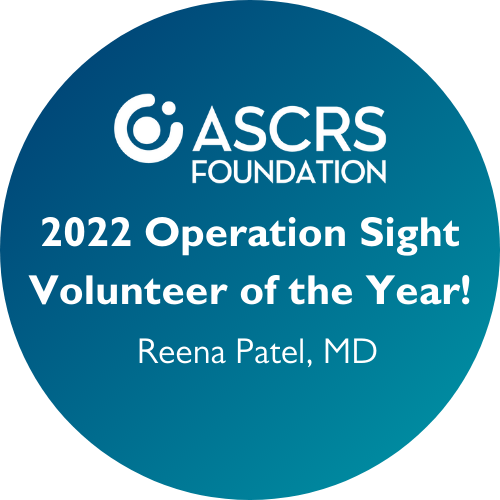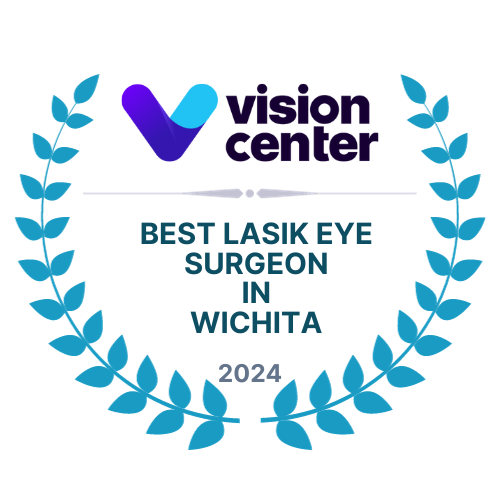
A pterygium is a benign triangular-shaped growth that develops on the thin, clear tissue covering the white part of the eye, eventually extending over the cornea, usually on the side closest to the nose. It may affect one or both eyes. The growth is a deposit of protein, fat, calcium, and/or blood vessels. If a pterygium becomes large and inflamed, it may require surgical removal, which is an outpatient procedure.
Pterygia can cause symptoms such as:
- redness
- blurred vision
- irritation
- dryness
- itching
- gritty sensation
- feeling of having a foreign material in the eye
Causes of Pterygium
The exact cause of a pterygium is unknown, but it seems to develop more frequently in people who have excess outdoor exposure to wind and ultraviolet light from the sun. A pterygium is an area of raised white tissue with blood vessels on the inner or outer edge of the cornea. A pterygium is usually not painful but can become inflamed and cause burning, irritation, or a foreign body sensation. Dr. Patel can detect the presence of a pterygium during a regular eye examination.
Treatment of Pterygium
Pterygium treatment depends on the size and symptoms of the growth. A small pterygium that becomes inflamed can be treated with topical medications and ointments to reduce the swelling and redness. If a pterygium becomes large, persistently inflamed, thick, blocks vision, and/or causes irregular astigmatism, it may need to be surgically removed. Some pterygia are also removed for cosmetic reasons.
Pterygium removal is an outpatient procedure. Several different, newer techniques can be performed during surgical removal to help minimize pterygium re-growth. Amniotic membrane, conjunctival autografting, and/or medications that prevent tissue growth such as Mitomycin C can be used to help decrease the rate of pterygium re-growth.
Despite proper surgical removal, pterygia can recur. Studies have reported recurrence rates from three to forty percent. Dr. Patel may prescribe medications to decrease swelling and prevent the pterygium from growing back. In addition, it is important to minimize exposure to the environmental factors thought to contribute to their growth.
- Use artificial tears when eyes are dry.
- Protect your eyes with appropriate eyewear when in dry, dusty conditions.
- Wear wraparound sunglasses with 100 % UVA & UVB protection to protect the eyes.






